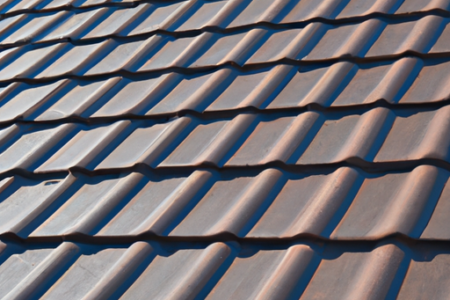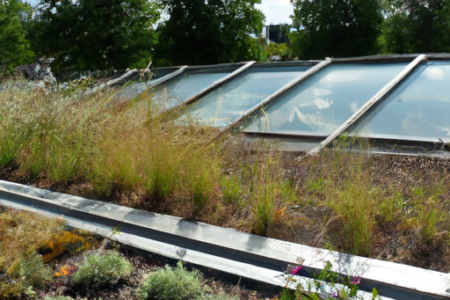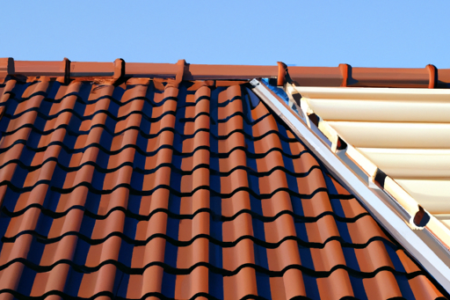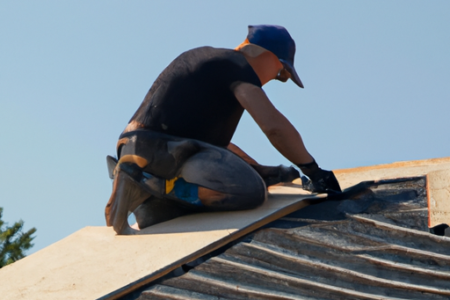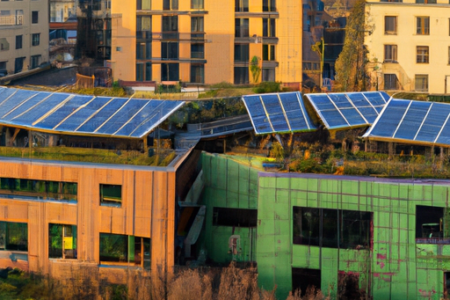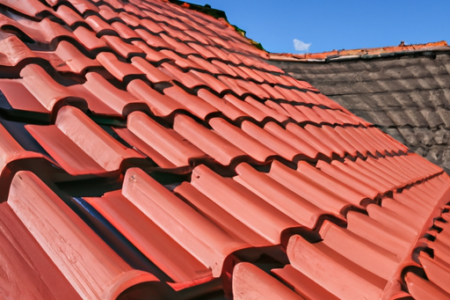the roof construction industry involve following building codes and regulations, conducting thorough inspections, and hiring experienced contractors. Regular maintenance and proactive measures, such as cleaning gutters and removing debris, are crucial for preventing issues and ensuring the longevity of the roof. By understanding and implementing proper materials, techniques, and best practices, homeowners and contractors can achieve a durable and aesthetically pleasing roof that will last for years to come.

